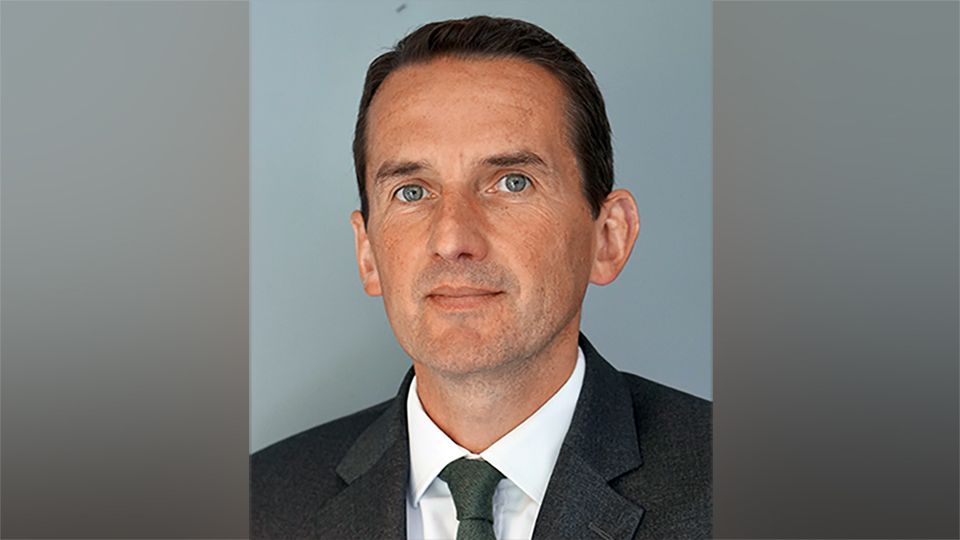Led by a combination of government initiatives towards a low-carbon future as well as investor engagement, companies across Asia are gradually stepping up to their sustainability responsibilities.
“This is now a C-suite conversation, so I am optimistic we will see growing commitments [in Asia] to decarbonisation,” said Karine Hirn, partner, co-founder and chief sustainability officer at East Capital.
She said the lag in the region to date can be seen from Morningstar data that shows 83% of all sustainable funds are in Europe, compared with just 1.8% in Asia. This is backed up by Calastone’s global fund flow index, which shows the dominance in Europe of ESG funds.
Yet the situation has started to change. Recent evidence suggests Asia’s is catching up fast – it now has $37bn in assets under management in sustainable funds, a rise from $20bn six months ago.
At the same time, there is a rapidly growing number of signatories in Asia – and especially China – to the UN Principles for Responsible Investment.
More broadly, there has been significant progress in terms of adherence to ESG principles at the company level over the past few years, said Sachi Suzuki, an engagement professional at Federated Hermes.
She cited the response of the palm oil industry as an example. Compared with a decade ago, many companies in this sector now source and grow their product in sustainable ways, plus have policies against practices such as deforestation, she said.
Driving more disclosure
The benefit of governments leading climate change commitments has been an important catalyst for companies to make progress on sustainability.
Suzuki said this is partly due to state ownership of a larger proportion of Asian companies than their counterparts elsewhere in the world. And even without any government stake, many companies tend to follow national policies, she added.
Yet disclosure standards in the region still fall short of what many investors want – and are increasingly calling for. At the same time, Hirn pinpointed the lack of independent directors and minority shareholders to champion sustainability and hold senior management to account. Even some Asian companies that are global leaders fall short in their disclosure of ESG risks and targets, she added.
A lot of companies even outsource their ESG reports to consultants, said Hirn, without the oversight of the board.
“We need mid-term [climate change] targets, driven by companies starting to report on sustainable issues,” said Hirn.
Given this is happening in parallel with record flows into sustainable funds, she said it proves to companies the importance of being well-positioned from an ESG perspective.
Being more active
Investors seem ready to force change. “We think it is our responsibility to engage with certain initiatives… to push companies to reduce emissions,” said Hirn.
She believes this type of approach is more meaningful than simply avoiding investing in any companies with high emissions. “If active investors don’t take this stance, it will eventually lead to only passive investors buying the shares of these companies, or investors who don’t care about the issues.”
There is already clear growth in passive strategies as a way to build climate-aware portfolios. Last month, for example, the BlackRock US Carbon Transition Readiness fund became the largest sustainability ETF to launch, at $1.25bn. Notably, it also eclipsed the previous largest overall ETF listing of $850m, from nearly two years earlier.








